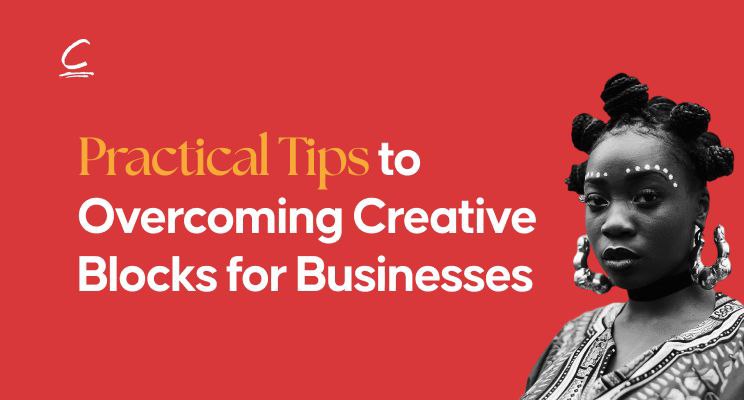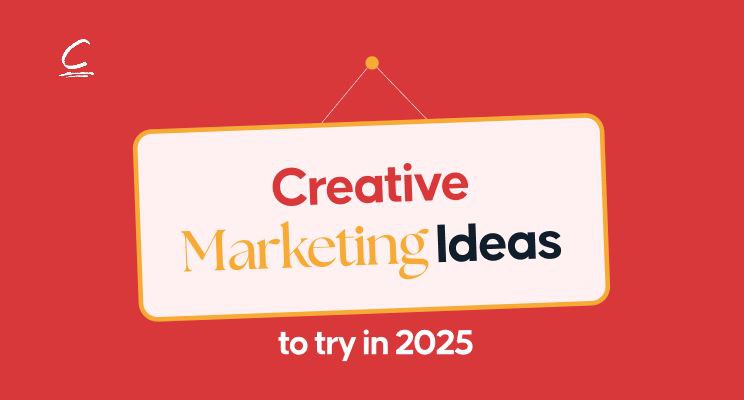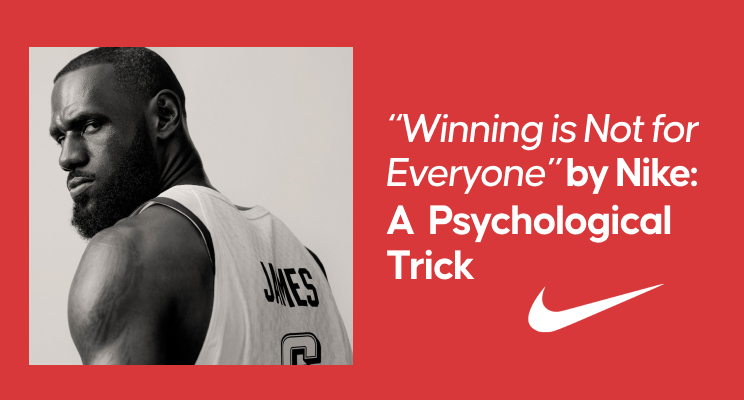
Practical Tips to Overcoming Creative Blocks for Businesses
Introduction: When the Ideas Stop Flowing
Few months ago, the creative team at a leading marketing agency hit a major roadblock. One of the big brands in food technology reached out to them for a rebrand. They thought ‘oh, this is the easiest thing for us’, afterall, they had done it several times for others. But their weeks of brainstorming for a fresh perspective for this rebrand yielded nothing. The deadline for their first presentation was near, and thieir usually vibrant energy was replaced by frustration.
Does this sound familiar to you?
Whether as an entrepreneur or a creative team lead/member, creative blocks are part of the business journey. They’re not signs of failure but indicators that it’s time to change gears.
According to a 2019 Adobe study, 75% of people believe they are not living up to their creative potential, often due to stress, lack of inspiration, or fear of other people and creatives will say. But one thing people fail to see is that with the right strategies, you can overcome these blocks. Plus, you come out stronger and more inspired.
Now how do you break these barriers to see new perspectives that can be explored for your business?
Here are some practical, proven tips that can help you reclaim and sharpen your creative edge.
1. Consider a Creative Block as a Signal, not a Stop Sign
Instead of seeing creative blocks as a dead end, treat them as a natural pause, break or a time to reflect. Why? Because they often signify the need for rest and reflection.
Take this time to reminisce on your journey and what steps you’ve taken in the past. This can offer insight into areas you are yet to explore and what could be done differently.
Also, always remember to ask yourself: What is this block trying to tell me? Am I tired? Overthinking? Bored of the current direction? That awareness alone can unlock new momentum.
2. Create a Change of Environment
Our environment has a deep and unnegligible impact on our creative output. If you keep staring at the same four walls over time, your spark can go into hiding.
According to a study published in the Journal of Experimental Psychology, people who explored their natural environment came up with 60% more creative ideas compared to those who stayed indoors.
Switch your surroundings. Go for a walk, check out shared workspaces around you. Even virtual environmentslike changing your digital workspace aesthetic can shift your mindset.
Sometimes, rearranging your workspace can give you the creative light you need.
3. Break Projects Into Micro-Tasks
Going through your to-do lists and you spot large tasks that’ll definitely take hours to complete can be overwhelmimg. And sometimes, your brain gives into a mini shock mode.
To avoid this, break down your creative goal into smaller, bite-sized actionable tasks. Instead of “write a full campaign strategy,” make it “brainstorm 5 bold and engaging headline ideas in 15 minutes.”
4. Borrow from Other People’s Creative Ideas
Sometimes, fresh ideas come from the odd places we never consider checking. When your niche feels too familiar, look outside it.
Real-World Example: Airbnb’s creative team often draws inspiration from magazine layouts and travel books to inspire app interface designs.
Seek inspiration beyond familiar territories. Read fiction if you’re a copywriter. Explore fashion trends if you’re a web designer. Use a swipe file (a digital or physical collection of ideas, visuals, and copy) to capture ideas from across domains.
5. Establish Daily Habits, Not Routines
Creative rituals solidify your process while allowing freedom of expression. Unlike rigid routines, daily habits gets your brain accustomed to creative process
Neuroscience tells us that rituals help reduce anxiety and improve performance by signaling a shift into a focused state.
Build a pre-creative ritual. It could be listening to a specific playlist, or journaling for 5 minutes. What matters is consistency, it trains your brain to associate certain actions and moods with your creative work.
6. Collaboration: Build with, Not Alone
Many businesses treat creativity as a solo adventure. They forget that creativity thrives in diversity
McKinsey found that companies with diverse teams are 35% more likely to outperform competitors in terms of creativity and innovation..
When next you experience a creative block while working on a project, talk to other personnels from other departments. Pick their brains and see what they would have done differently.
7. Limit Your Tools to Expand Creativity
If we’re being factual, too many options can shut down creativity. When faced with unlimited tools or options, indecisiveness sets in.
Case Study: When Twitter launched, the 140-character limit wasn’t a flaw—it was a constraint that sparked hyper-focused, clever writing. That limitation became part of its magic.
Create limits for yourself and see how far you can go within it. When faced with limited options, the brain tries to maximise the available resources for the best results.
Try this: 3 colors only for a design, 50 words max for a caption, or one hour to concept an idea.
8. Prioritize Rest and Recovery
Burnout and creative block are two sisters joined at the hip. And while constant activity might seem like the way to go, chronic exhaustion limits creative thinking.
Include periods of rest in your work timetable. Try the Pomodoro technique (25 minutes of focus, 5-minute breaks), or schedule a “non-work” creative hour where you just sit back, relax and do something that is not work related.
Creativity can Always be Learnt
Creative blocks are not just inconvenient. While they can make you feel useless or incapable, they’re crucial moments in your growth as a business. They help you to pause for a much needed break. It helps you reflect and evolve.
As the creative team from our opening story learned, their best ideas didn’t come from pushing harder, they came from stepping back to restrategize. They changed how they approached and viewed the challenge.
And the result was a campaign that became one of their most talked-about successes, attracting more leads for them.
You don’t have to wait for inspiration to strike. Use these tips as tools in your creative toolkit—and watch how quickly your next big idea flows in.
Follow us on Instagram @childcreativestudio and on LinkedIn @Child Creative Studio for more updates on overcoming creative blocks for businesses.




Leave a Reply